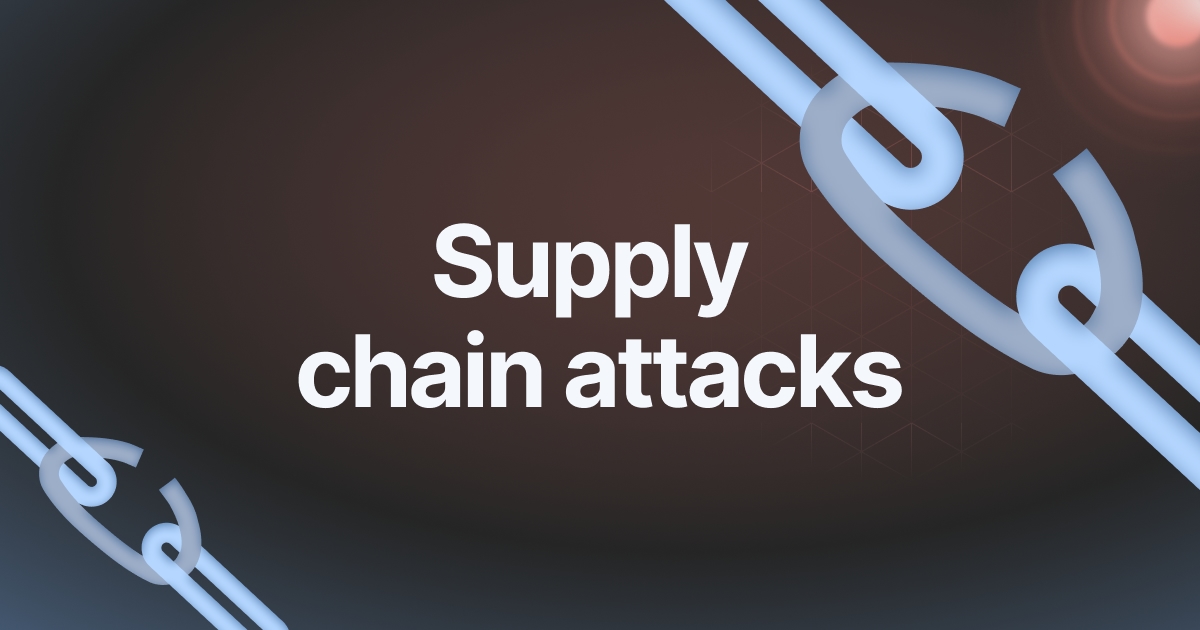In today’s highly connected digital world, the concept of having a secure “perimeter” around your company’s data is fast becoming obsolete. The Supply Chain Attack is a new cyberattack that focuses on the intricate web of software and services on which businesses depend. This article examines global supply chain attack. The article explores the changing threats, the potential weaknesses for your organization, as well as the crucial steps you can make to enhance your defenses.

The Domino Effect: How a Small flaw can cripple your Business
Imagine this scenario: Your company is not using an open source software library, which has an identified vulnerability. But the data analytics services on whom you heavily rely, does. This flaw that appears to be minor could become your Achilles heel. Hackers exploit this vulnerability within the open-source code to gain access to the service provider’s systems. Hackers now have a chance to gain access to your business through a third-party invisibly connected.
The domino effect is an ideal example of the insidiousness of supply chain attacks. They attack the interconnected ecosystems that businesses depend on. Exploiting vulnerabilities in partner software, Open Source libraries and even Cloud-based Service (SaaS). Talk to an expert for Supply Chain Attack Cybersecurity
Why Are We Vulnerable? Why are we vulnerable?
Supply chain attacks are a result of the same forces that fuelled the digital economy of today – the increasing adoption of SaaS and the interconnectedness of software ecosystems. It’s impossible to trace each piece of code in these ecosystems, even if it’s directly.
Beyond the Firewall The traditional security measures Don’t Work
It is no longer sufficient to rely solely on traditional cybersecurity methods to protect the systems you use. Hackers can bypass perimeter security, firewalls and other security measures to gain access to your network through trusted third-party suppliers.
Open-Source Surprise It is not the case that all software that is free was developed equally
The open-source software is an extremely well-known product. This can be a source of vulnerability. Open-source libraries have many benefits but their wide usage and potential dependence on volunteers can pose a security threats. Security vulnerabilities that are not addressed in widely used libraries can expose many organizations that have integrated these libraries in their systems.
The Invisible Threat: How to Recognize a Supply Chain Security Risk
It is difficult to detect supply chain breaches due to the nature of their attack. But, there are some indicators that could signal red flags. Unusual login attempts, strange data activity, or unexpected software updates from third-party vendors can indicate a compromised system within your network. In addition, the news of a security breach that affects a widely utilized library or service should take immediate action to determine your potential exposure.
A fortress built in a fishbowl: Strategies for minimize supply chain risk
What are you doing to boost your defenses? Here are some important ways to look at:
Checking Your Vendors : Use an extensive selection process for vendors and a review of their cybersecurity practices.
Map your Ecosystem: Create an exhaustive list of all the software and services that you and your company rely on. This includes both direct and indirect dependencies.
Continuous Monitoring: Monitor your system for any suspicious activity and track security updates from all third-party vendors.
Open Source with Caution: Take care when integrating open source libraries, and prioritize those that have established reputations as well as active maintenance groups.
Transparency creates trust. Inspire your vendors’ adoption of strong security practices.
Cybersecurity in the Future: Beyond Perimeter Defense
As supply chain threats increase, businesses must rethink how they approach cybersecurity. It is no longer sufficient to concentrate on your own perimeter. The organizations must adopt an integrated strategy focussing on collaboration with suppliers, transparency within the software ecosystem, and proactive risk mitigation across their supply chain. By acknowledging the looming shadow of supply chain breaches and actively fortifying your defenses and ensuring that your company is protected in an increasingly complicated and interconnected digital world.